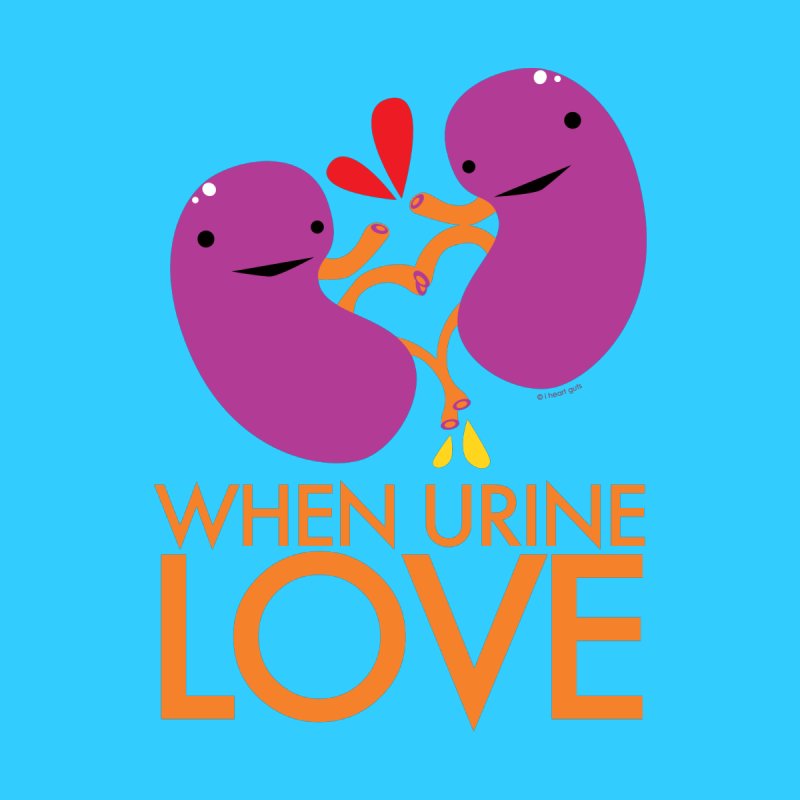As promised here is part 2 of 2.
Abdomen
- Albert Einstein died of a ruptured aneurysm that he thought was acute cholecystitis (which is an inflamed gallbladder).
- When the walls of the gallbladder calcify you can get what is called a porcelain gallbladder, pretty rare but sounds cool.
- If you have a gallstone obstruction you can become jaundice. I always thought jaundice was only if something was wrong with your liver.
- WES Gallbladder: is when you have chronic gallbladder inflammation where the gallbladder empties its content and then never refills. It just stops working.

- There are many renal variants. I have probably already seen most of the ones discussed in my classmates. I’ve seen dromedary hump, junctional parenchymal defect, retained lobulated contour. They seem to be fairly common.
- We can see appendicitis and sometimes you can have an appendicolith or fecolith, which is a fecal stone.
- The bowel can go inside itself, it’s called: Intussusception.
- Some interesting things that can be found in the kidneys are Staghorn caluli, they look like a stags horn or a milk cyst.
- You can have incompetent valves in your ureter (tube leading from kidneys to the bladder), this can cause pee to move back up to the kidneys.
- Polysplenia: is a person with multiple spleens.
Woman’s Health
- We start counting gestational age before conception, there’s 266 days of actual baby growth but we count starting from last menstrual period and ovulation which is an extra 14 days.
- At 2 weeks women ovulate and 3 weeks gestational age is when fertilization occurs. We can see the gestational sac 5 weeks gestational age and can pick up a heart rate at 6 weeks. That is amazing.
- After 10 weeks gestational age the baby is now a fetus.
- We spend a lot of time figuring out how the baby is laying and the babies orientation. It is quite tricky.
- We check for situs inversus on every baby, this means if they have their organs flipped.
- We check their kidneys, bladder, bowel, abdomen, limbs, neural tubes, spine, brain, face, thorax and heart.
- Amniotic fluid is the baby’s pee, it actually very important in the development of the baby’s lungs. It is very important for overall health of the baby, indicated if it is growing at a healthy rate.
- Measuring the baby’s abdominal circumference is most important measurement.
- We can see the baby’s brain. The bones have not ossified completely allowing the ultrasound waves to penetrate through.
- A baby’s heart in utero is more horizontal and adult’s it is more vertical. We can actually see the whole heart even the valves.

Congratulations to my class on finishing term 2! So proud of everyone. See you all in September.
Photo Cred: featured image, Kidney, hello kidney, rocking out and Disney babies
Content Cred: DSON2000 level classes



